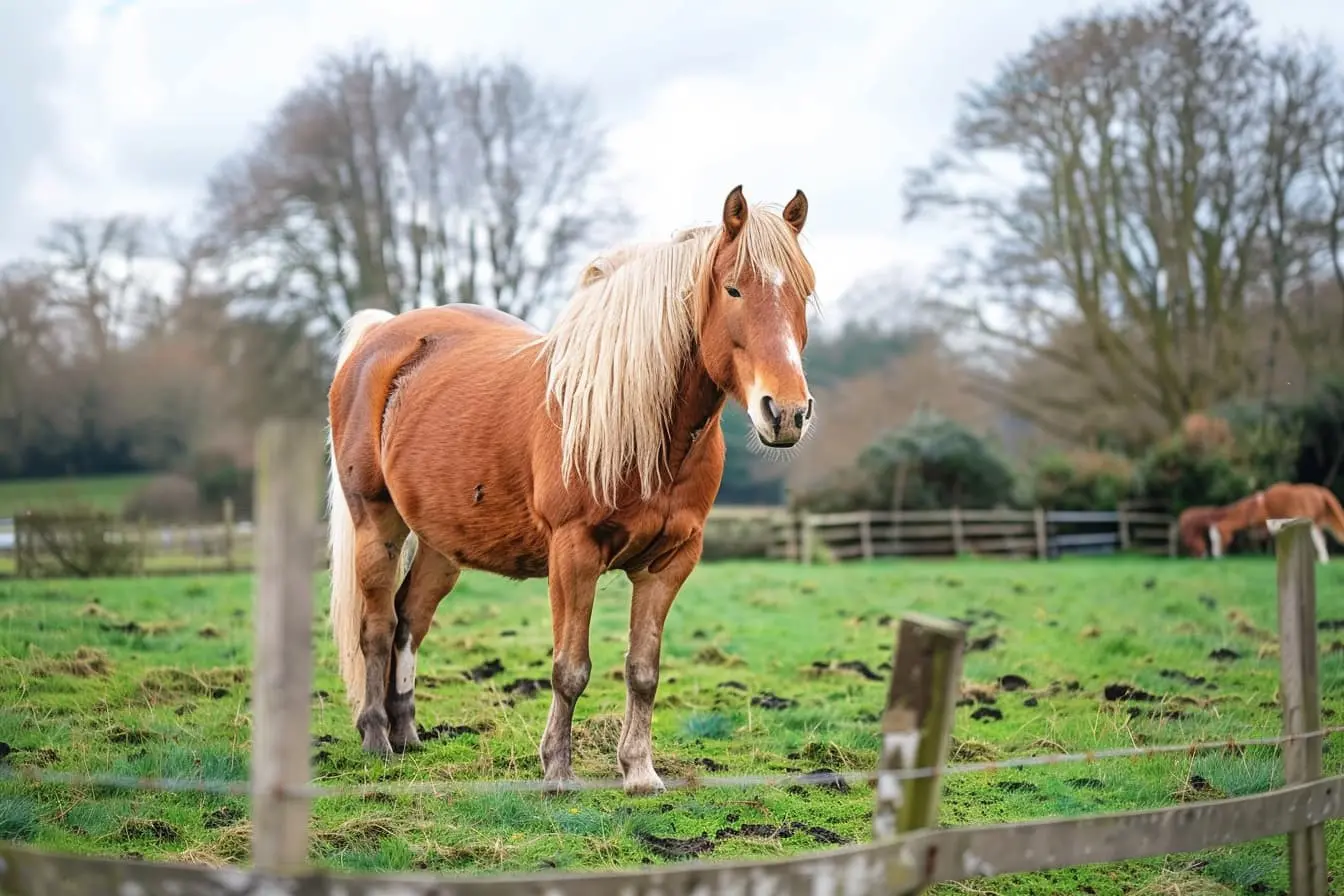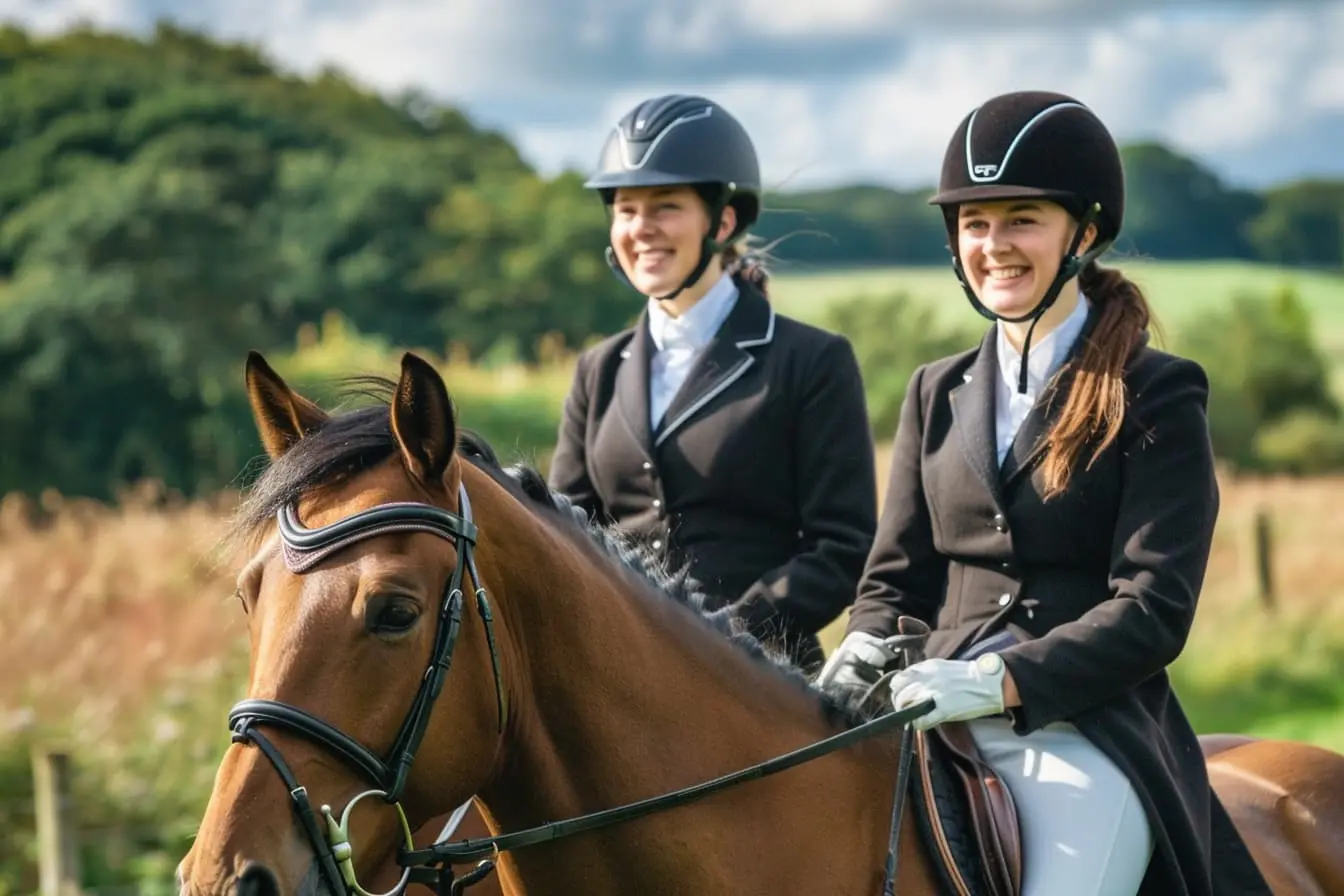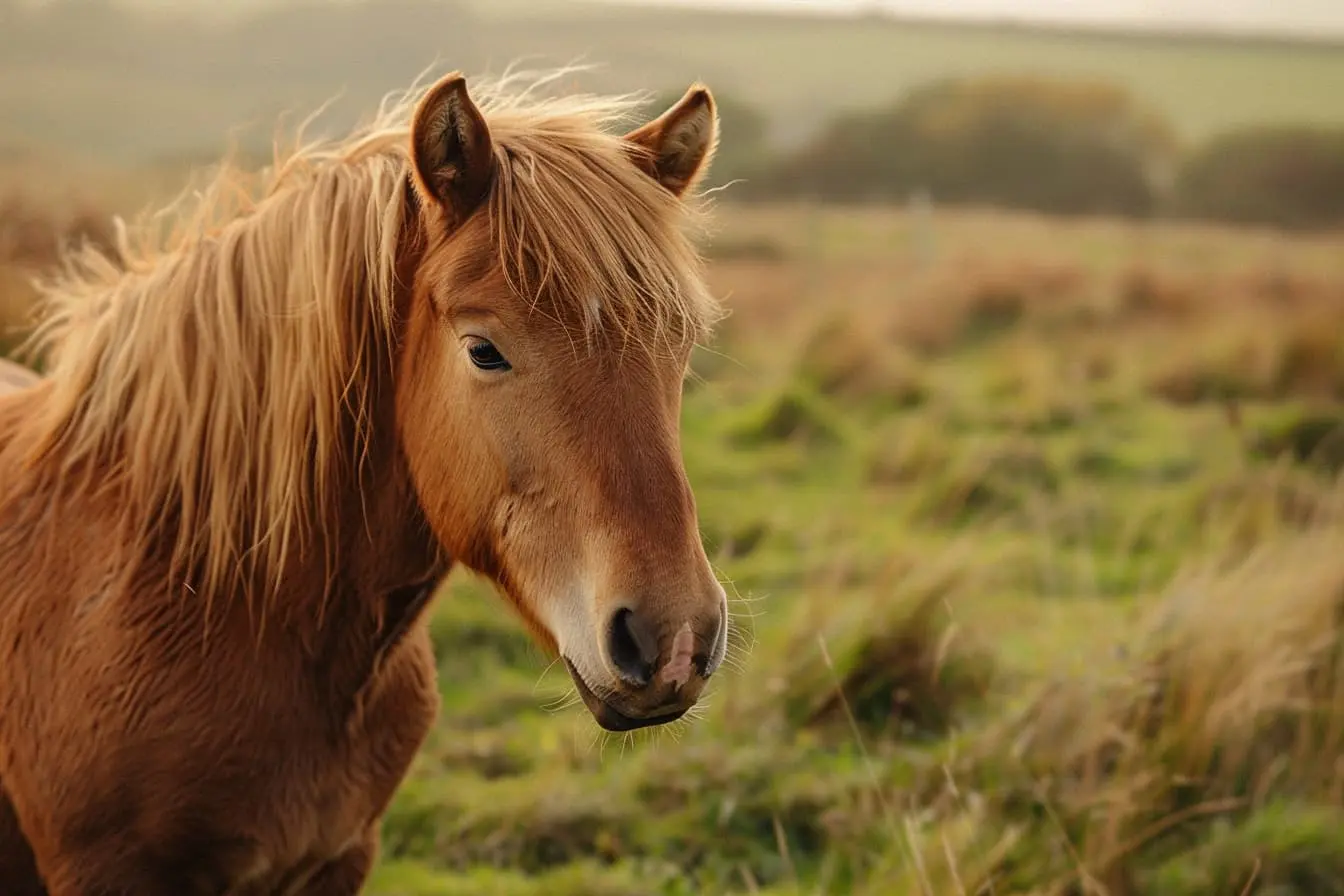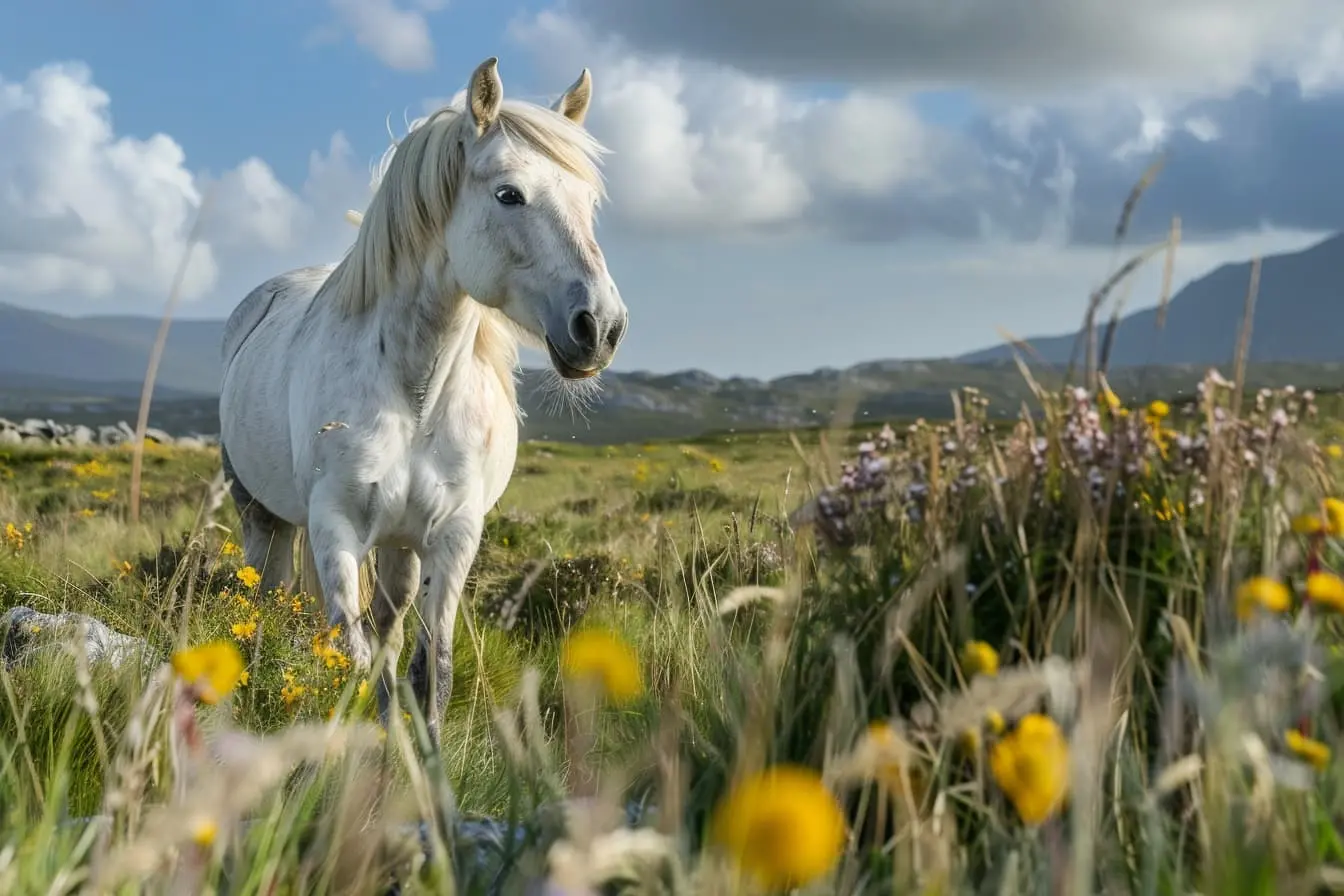
The Irish Draught Horse: A Noble Steed for New Owners
Embarking on the path of horse ownership is a remarkable journey, filled with challenges and rewards. For those considering this significant step, the Irish Draught horse stands out as a breed that combines strength, versatility, and a gentle temperament, making it a popular choice among equestrians of all levels. This guide aims to explore the characteristics, care requirements, and considerations of owning an Irish Draught horse, helping you to decide if this noble breed is the right companion for you.
Understanding the Irish Draught Horse
Historical Background
The Irish Draught is a breed that boasts a rich heritage, originating from Ireland where it was developed primarily for farm work. Known for its power and endurance, the breed played a crucial role in Irish agriculture, capable of ploughing fields and pulling carts, yet gentle enough to ride. Over time, the Irish Draught has also become renowned for its role in producing exceptional sport horses, especially when crossed with Thoroughbreds.
Breed Characteristics
Irish Draught horses are recognised for their robust build, standing typically between 15.3 and 16.3 hands high. They possess a strong neck, well-defined withers, and powerful hindquarters. Despite their solid frame, they move with surprising grace and agility. The breed comes in various solid colours, including grey, bay, black, and chestnut.
Temperament and Suitability
One of the most appealing traits of the Irish Draught is its temperament. Known for their intelligence, good nature, and willingness to please, they make excellent horses for both novice and experienced riders. Their versatility sees them excel in a variety of disciplines, from show jumping and eventing to dressage and hunting, making them suitable for diverse equestrian pursuits.
Ownership Considerations
Care and Maintenance
Owning an Irish Draught, like any horse, requires a commitment to their care and well-being. They need regular grooming to keep their coat, mane, and tail in good condition, alongside routine hoof care, dental check-ups, and vaccinations. While hardy by nature, they thrive on quality feed and ample turnout to maintain their health and fitness.
Training and Exercise
The Irish Draught's eager-to-learn attitude makes them a joy to train. They respond well to consistent, patient training methods and enjoy mental stimulation. Regular exercise is crucial, not only for their physical health but also for developing a strong bond between horse and owner.
Financial Commitment
Prospective owners should be mindful of the financial responsibilities that come with horse ownership. This includes the initial purchase price, ongoing costs for feed, stabling, veterinary care, farriery services, and insurance. While the Irish Draught is generally a low-maintenance breed in terms of health care, ensuring you can meet their needs is essential for their welfare.
Making the Decision
Deciding to own an Irish Draught horse is a choice that offers the opportunity to experience the joys of horse ownership with a breed known for its gentle giant nature. However, it's crucial to realistically assess whether you can provide the time, financial resources, and care they require.
For those drawn to the Irish Draught, engaging with breed associations, visiting breeders, and spending time with these horses will provide invaluable insights. This hands-on experience is essential for understanding the breed's specific needs and ensuring that an Irish Draught horse is the right fit for you and your lifestyle.
In conclusion, the Irish Draught horse represents an excellent choice for new horse owners seeking a versatile, gentle, and reliable companion. With the right preparation and commitment, owning an Irish Draught can be an immensely rewarding experience, offering companionship and the chance to engage in a wide range of equestrian activities.
Vets near you
Speciality vets
- Aquatics vet specialists
- Birds vet specialists
- Camelids vet specialists
- Cats vet specialists
- Cattle vet specialists
- Deer vet specialists
- Dogs vet specialists
- Equines vet specialists
- Exotic vet specialists
- Goats vet specialists
- Pigs vet specialists
- Poultry vet specialists
- Sheep vet specialists
- Small Mammals vet specialists
- Wild vet specialists



